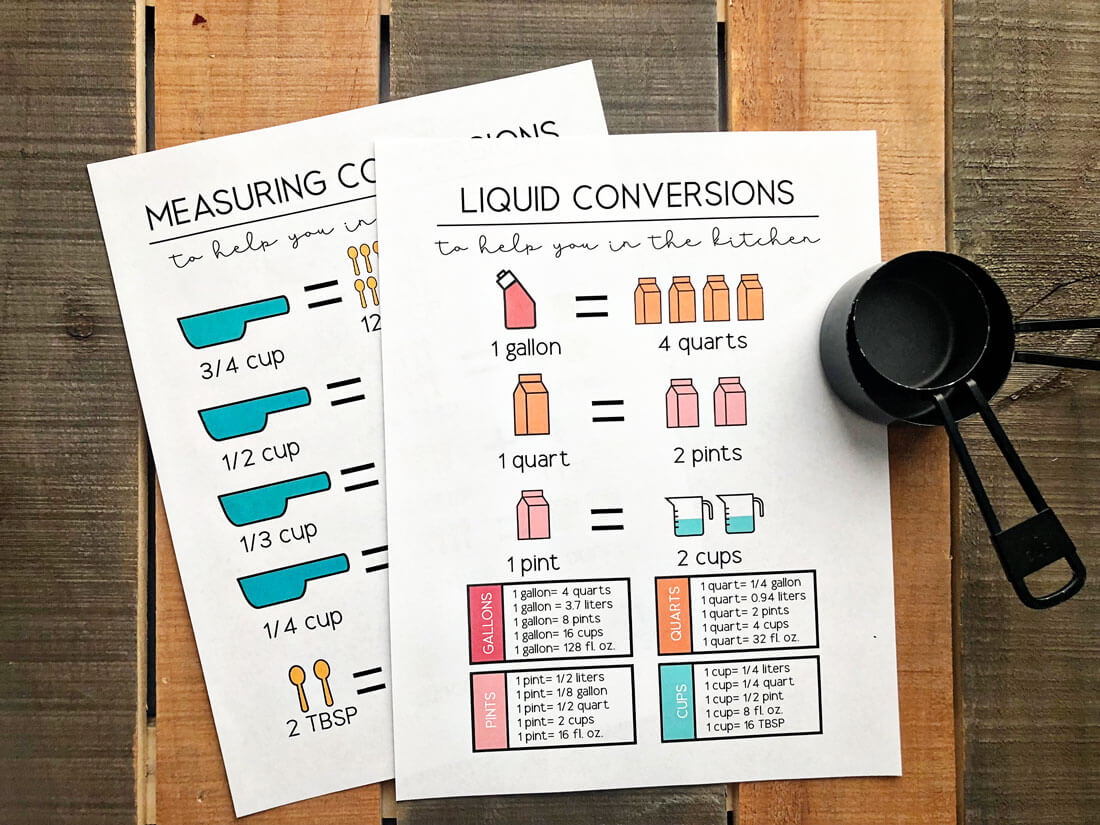

Below, we will clarify the types of quart currently in use. The British system uses one standard quart, which is equal to two Imperial pints. system, we have two units called a quart, one for liquid measure and another unit for dry measure. Quarts measures depend also on the country system of measurement. The dry units are about 1/6 larger than the corresponding liquid units are. Once gallons are used for both solid and liquid measurements, we also have the fluid quart for liquid measures and, in the US, the dry quart for non-liquid or commodities measures. The quart is also referred to as the container having a capacity of one quart.


Gallons are always divided into four quarts, which are further divided into two pints each. As there are at least three types of gallons, we have, presently, three kinds of quarts, depending on the gallon from which it derives. The quart (abbreviation qt.) is a unit of volume derived from the gallon. Hence, a quart is one-fourth of a gallon. Its name derives from the ancient French word 'quarte', meaning 'fourth'. The original quart was an old English unit that varied between 0.95 and 1.16 liters. Althought the gō, similar to a cup, which has a volume of 180.4 mL, is still used for measuring sake and rice. Urrently, in Japan, the standard cup measures to 200 mL. Sometimes, in the same country, the 200 mL and 250 mL cups and even the US cup customary one are used. In Latin America, the cup (Spanish: taza or vaso Portuguese: xícara) isn't a standard. The Canadian cupĬanada now usually employs the metric cup of 250 mL but its conventional cup was somewhat smaller than both American and imperial units. A 12-cup US coffeemaker equals 57.6 US fluid ounces of coffee, or 6.8 metric cups of coffee. It is also used to specify coffeemaker sizes. Australian and NZ cooking also uses the coffee cup also known as Tasse à café, which mesures 150 millilitres or 5.07 US fluid ounces, is sometimes used in recipes. The measuring cup used in Australia and New Zealand equals 250ml. In fact, solid ingredients are measured by weight, rather than volume. Instead, Great Britain uses the metric cup of 250mL. The old Imperial cup equals measuring 284 mL, is not commonly used today. Although derived from the metric system, it is not an SI unit. Notice that, although it has been derived from the metric system, it is not an SI unit. It is used in Australia, Canada, New Zealand, UK and, virtually, in the rest of the world. The metric cup measures exactly 250mL or 1⁄4 of a liter. Thus, if we divide the volume of a dry quart by the volume of a "liquid" cup we'll find that one US dry quart equals 4.65 cups (approx.). In practice, there isn't a "dry cup", instead it is used the liquid cup for dry measures. The customary dry cup is equal to 1.165 liquid cups. The cup used in the US for nutrition labeling is defined in law as exactly 240 mL. This cup is used widely in the United States, but not in other countries. The US cup equals to about 237mL (236.5882365 precisely) or half of a US liquid pint. There are three main standard measuring cups. That is the reason why standard measuring cups are usually used. It is a measuring resource for measuring liquids and solids like sugar, powders, etc. The cup used for measurements is the so-called, measuring cup. Not to be confused with drinking cups, a small open container used for drinks, which may not correspond with this unit, because, they can come in all shapes and sizes. This article is about a cup as a measuring unit of volume.


 0 kommentar(er)
0 kommentar(er)
